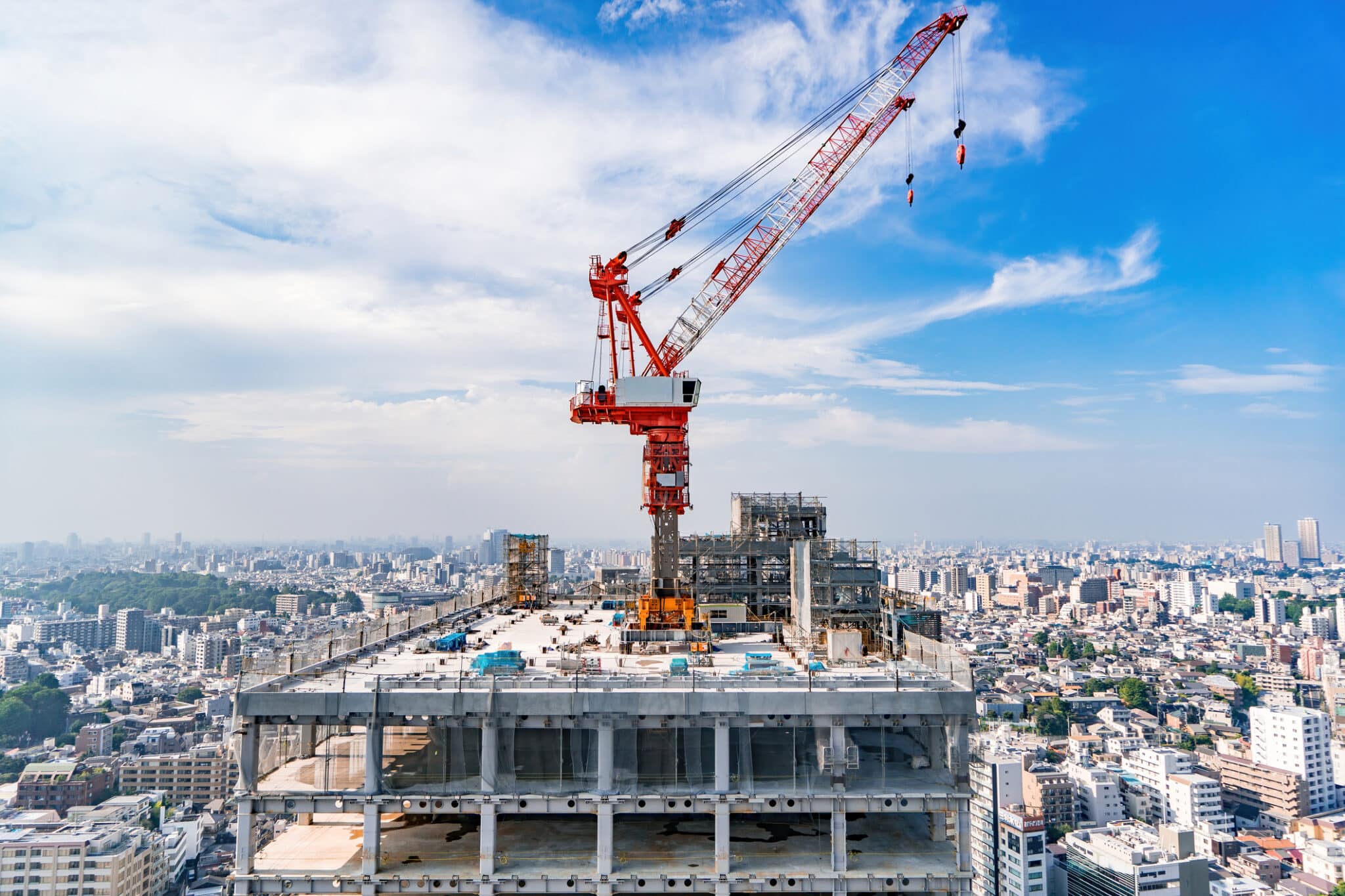Construction Emissions Rebound to All-Time High

 Why you can trust us
Why you can trust us
Founded in 2005 as an Ohio-based environmental newspaper, EcoWatch is a digital platform dedicated to publishing quality, science-based content on environmental issues, causes, and solutions.
A new report released during COP27 finds that the construction sector’s emissions have hit a record high, making the industry off-track to reach decarbonization targets by 2050. Despite a lull during the COVID-19 pandemic and an increase in energy-efficient construction, the industry’s energy demand and carbon emissions have both reached all-time highs.
The 2022 Global Status Report for Buildings and Construction from the UN Environment Programme (UNEP), which reviews the buildings and construction sector globally and how the industry is aligning with the Paris agreement targets, found that the sector is experiencing a widening gap between its current performance and its decarbonization goals.
The buildings and construction sector reached over 34% energy consumption and about 37% energy and process-related carbon emissions in 2021. Operational energy carbon emissions hit 10 gigatonnes (equivalent to 10 billion metric tons), which was 2% higher than the former record in 2019 and 5% higher than the operational energy-related carbon emissions levels of 2020. The sector’s operational energy demand for lighting, heating, cooling and equipment also increased, up 3% from 2019 and 4% higher than 2020 levels.
“Years of warnings about the impacts of climate change have become a reality,” Inger Andersen, executive director of UNEP, said in a statement. “If we do not rapidly cut emissions in line with the Paris Agreement, we will be in deeper trouble. The buildings sector represents 40% of Europe’s energy demand, 80% of it from fossil fuels. This makes the sector an area for immediate action, investment, and policies to promote short and long-term energy security.”
According to UNEP, energy-efficient building investments have increased by 16% from 2020 to 2021, reaching $237 billion. But sector growth is still outpacing efforts in energy efficiency and energy intensity reduction, as global gross floor area has increased drastically from 2015 to 2021. To better align with decarbonization targets, the industry needs to improve energy performance in buildings, decrease the carbon footprint of construction materials, continue increasing energy-efficient investments and increase policy commitments and actions.
“The solution may lie in governments directing relief towards low and zero-carbon building investment activities through financial and non-financial incentives,” Andersen said.
UNEP reported that raw resource use is expected to double by 2060, and materials make up about 9% of total energy-related carbon emissions for the sector. The industry will need to find sustainable alternatives to steel, concrete and cement to minimize emissions. Countries must also turn to renewable power sources for new buildings.
The sector must cut its emissions in half to reach the net-zero carbon emissions goal by 2050, and this will require reducing emissions by 8% per year, according to the report.
“Policymakers and decision makers must urgently put in place concrete near-term actions that can begin to deliver the needed emissions reductions while achieving the objectives of a sustainable and resilient buildings and construction sector that will continue to grow and meets citizens’ need for safe, healthy and affordable housing and workplaces,” the report concluded.
Subscribe to get exclusive updates in our daily newsletter!
By signing up, you agree to the Terms of Use and Privacy Policy & to receive electronic communications from EcoWatch Media Group, which may include marketing promotions, advertisements and sponsored content.

 233k
233k  41k
41k  Subscribe
Subscribe 




